(BPT) - Spending Great American Outdoors Day at a National Park? OFF!® Mosquito & Tick Repellent uncovers top national parks with high and low mosquito activity ahead of free admission day in August.
Aug. 4 marks Great American Outdoors Day, and with all national parks offering free admission for the holiday, adventurers are gearing up for a day of exploration. But alongside visitors enjoying the expanded opportunities to visit their national parks, another group is expected to show up in full force: mosquitoes. With 37.8 million visitors to the national parks during the month of August last year, OFF!® and the National Park Foundation are teaming up to share insider tips for avoiding the buzz and enjoying the day.
To help travelers plan smarter, OFF!® - the #1 most trusted insect repellent brand* - created OFF!Cast Mosquito Forecast™, which predicts mosquito behavior and populations. Whether you're a meticulous planner or a mosquito magnet, this guide informs parkgoers on where to expect higher mosquito activity - so they can come prepared with the data backed from OFF!Cast Mosquito Forecast™. With the right protection from OFF!® repellents, every parkgoer can enjoy a comfortable outdoor experience at the parks, regardless of how many bugs might be present.
What is the OFF!Cast Mosquito Forecast™?: Developed by OFF!® and enhanced by the brand's partnership with The Weather Channel® app, the flagship consumer brand from The Weather Company, OFF!Cast Mosquito Forecast™ uses entomological research on mosquitoes from SC Johnson's Center for Insect Science and Family Health™, along with real-time weather data - like temperature, humidity and precipitation - to predict daily mosquito activity down to the ZIP code.
National Parks with High Mosquito Visitation
While all parks offer a chance to connect with nature, some may see more mosquito activity than others on Great American Outdoors Day, making protection essential for an adventurous escape. The following parks are expected to feature higher mosquito activity, so take extra caution (and bring your OFF!® insect repellent when visiting to help stay protected).
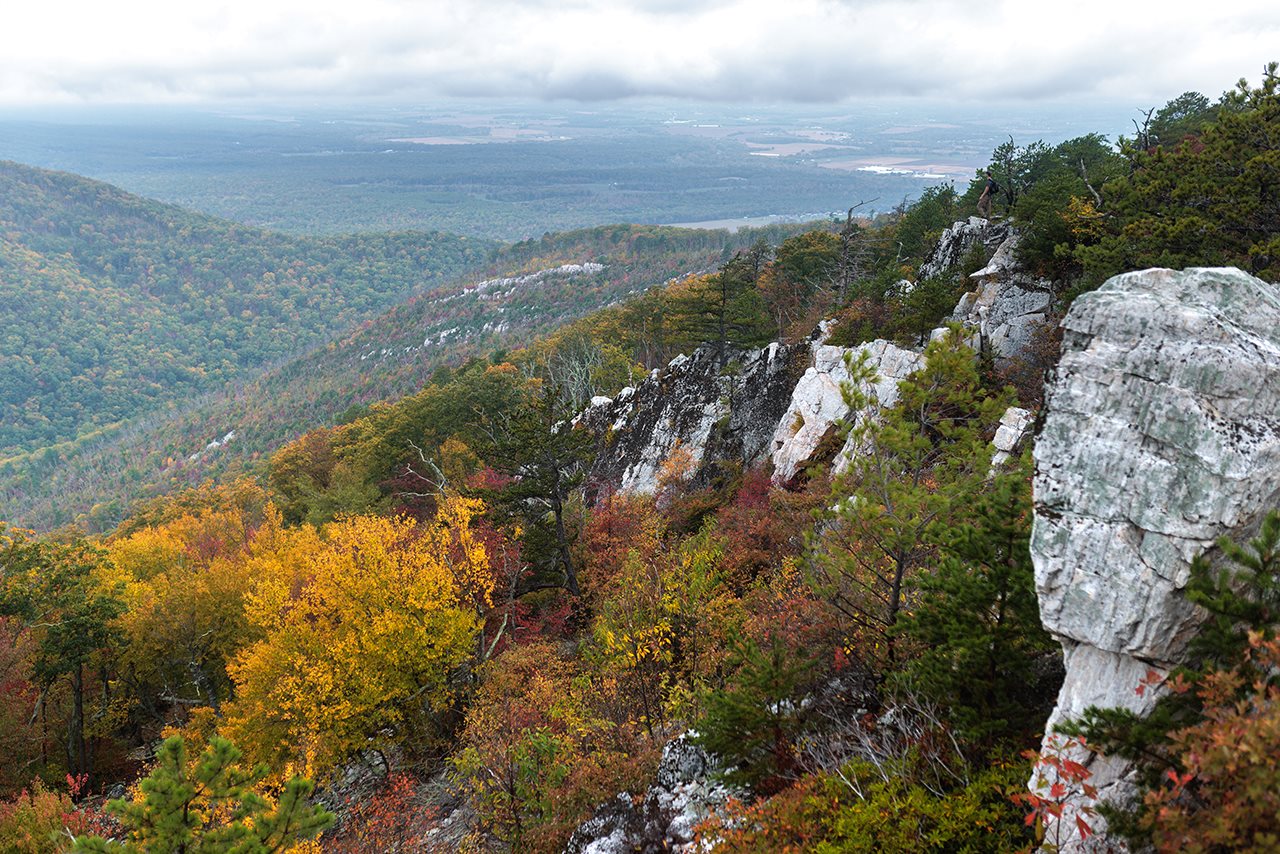
1. Shenandoah National Park | Luray, VA: Just 75 miles from the bustle of Washington, D.C., Shenandoah National Park is a land bursting with cascading waterfalls, spectacular vistas, fields of wildflowers and quiet wooded hollows. Summer brings higher humidity and warmer temperatures to the park, which can make its moist forested terrain and abundant standing water sources a seasonal haven for mosquitoes.
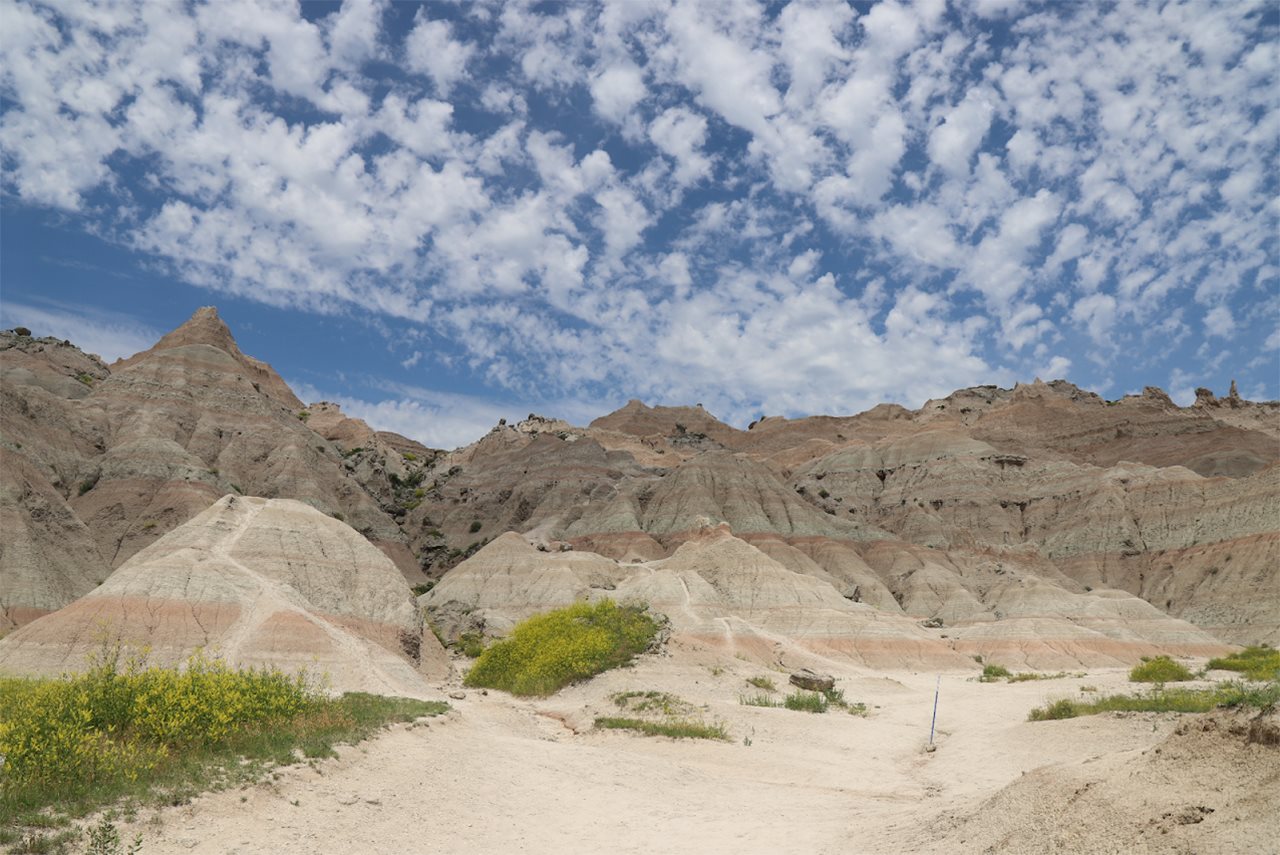
2. Badlands National Park | Interior, SD: The striking geologic deposits at Badlands National Park contain one of the world's richest fossil beds. The park's 244,000 acres protect an expanse of mixed-grass prairie where bison, bighorn sheep, prairie dogs and black-footed ferrets live today. While the Badlands seem dry at a glance, episodic rainfall and warmer summer temperatures can create ideal - but often short-lived - conditions for mosquitoes. Visitors may see higher mosquito activity after rains, particularly near campgrounds, low areas or wetlands in and around the park.
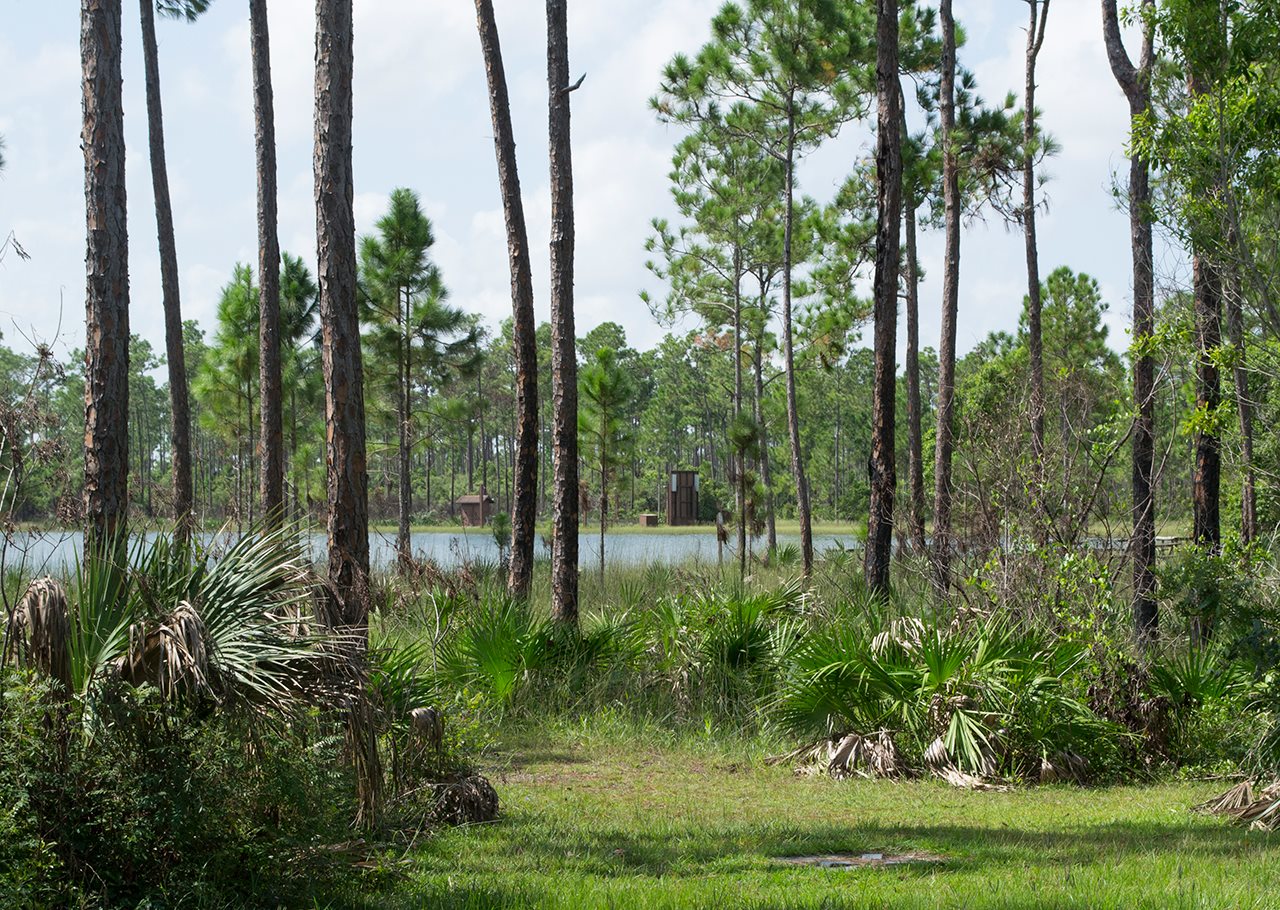
3. Everglades National Park | Homestead, FL: Established in 1947 as the first national park created for its biodiversity, Everglades National Park protects 1.5 million acres of wetland, forest, marine habitats, as well as the native plants and animals that call it home. The subtropical climate of the Everglades tends to be hot and humid with nearly stagnant water systems of swamps, marshes and sloughs that create an environment that is ripe for mosquito breeding and activity.
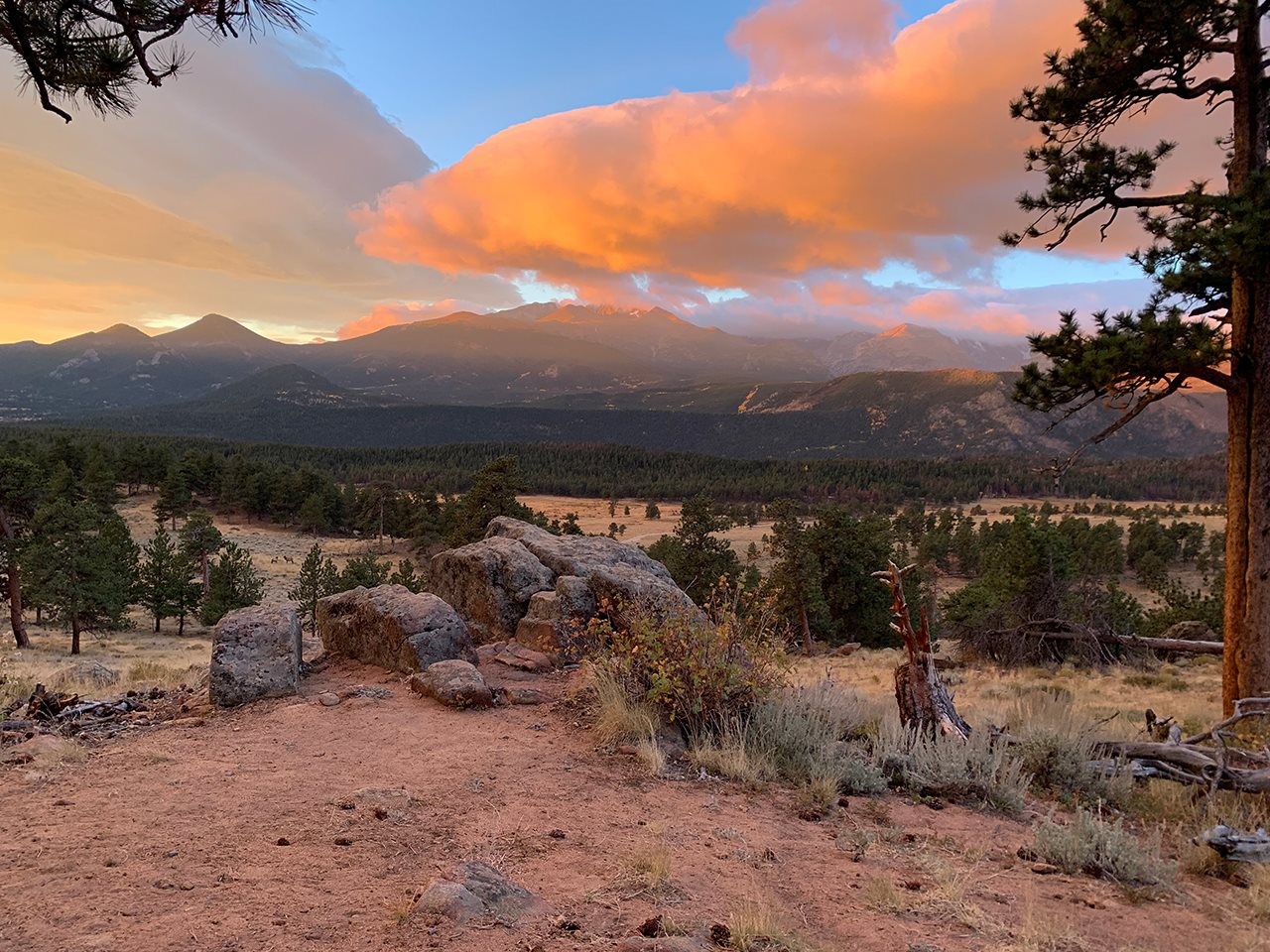
4. Rocky Mountain National Park | Estes Park, CO: Rocky Mountain National Park's 415 square miles (265,807 acres) encompasses a spectacular range of mountain environments. From meadows found in the montane life zone to glistening alpine lakes and up to the towering mountain peaks, there is something for everyone to discover. Seasonal snowmelt, wetlands, warm summer temperatures, and calm low-elevation valleys create an ideal habitat for mosquitoes especially in June and July when wet areas are more abundant.
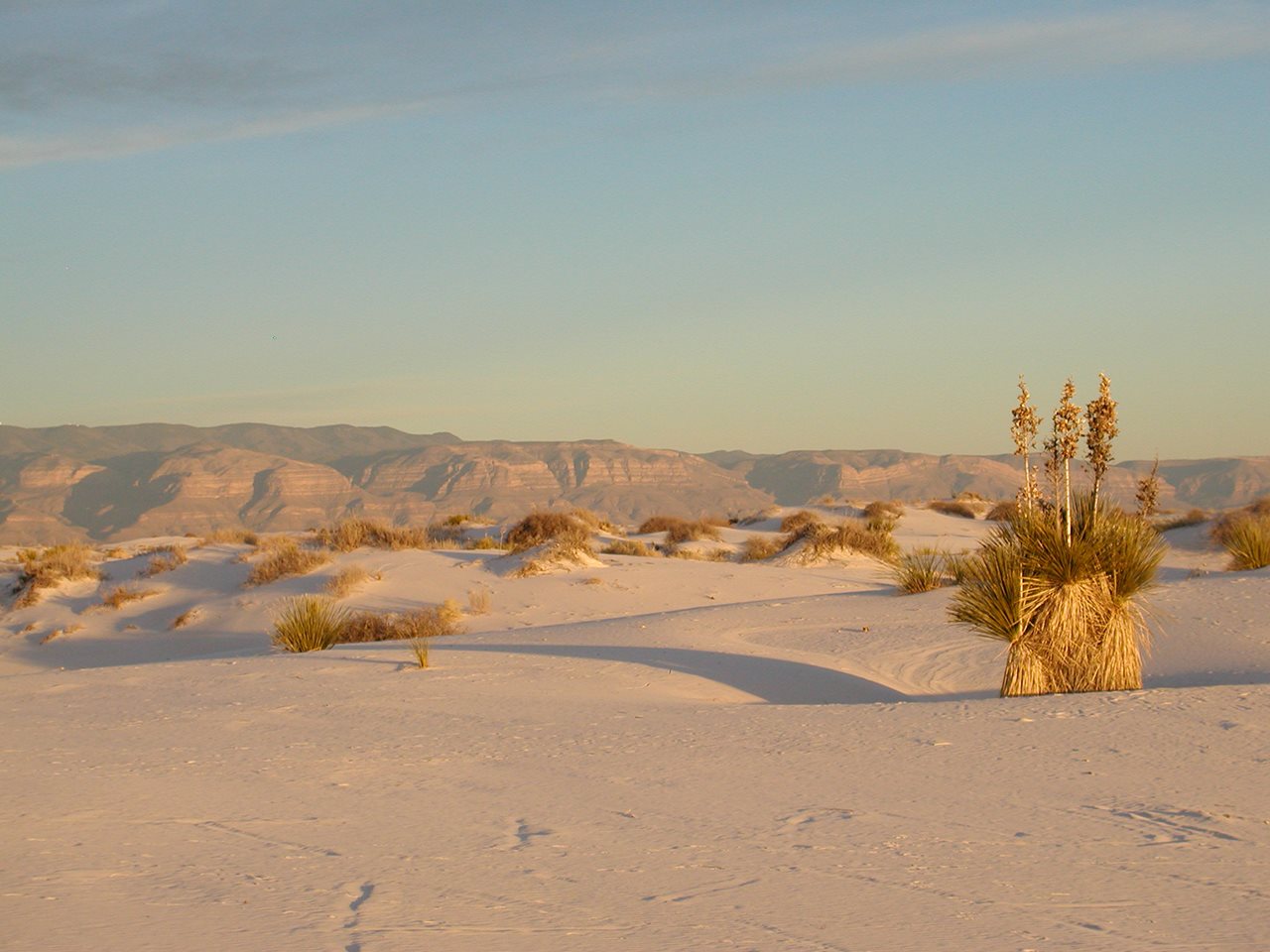
5. White Sands National Park | Alamogordo, NM: Rising from the heart of the Tularosa Basin is one of the world's great natural wonders - the glistening white sands of New Mexico. Great wave-like dunes of gypsum sand have engulfed 275 square miles of desert, creating the world's largest gypsum dunefield. While White Sands National Park may not seem like an obvious mosquito hotspot due to its arid desert setting, seasonal monsoon rains between July-September can create temporary bodies of stagnant water. Couple that with warm, humid microclimates and this dunefield can create an increase in mosquito breeding and activity.
National Parks with Low-Medium Mosquito Visitation
Not all parks are expected to be buzzing with mosquitoes on Great American Outdoors Day. Here are locations OFF!Cast expects to feature lower mosquito activity - making them perfect for a scenic and less buggy adventure. Prevention still remains the best form of protection, so even when mosquito forecasts are low, make sure to make mosquito protection a part of your routine for uninterrupted time outdoors.
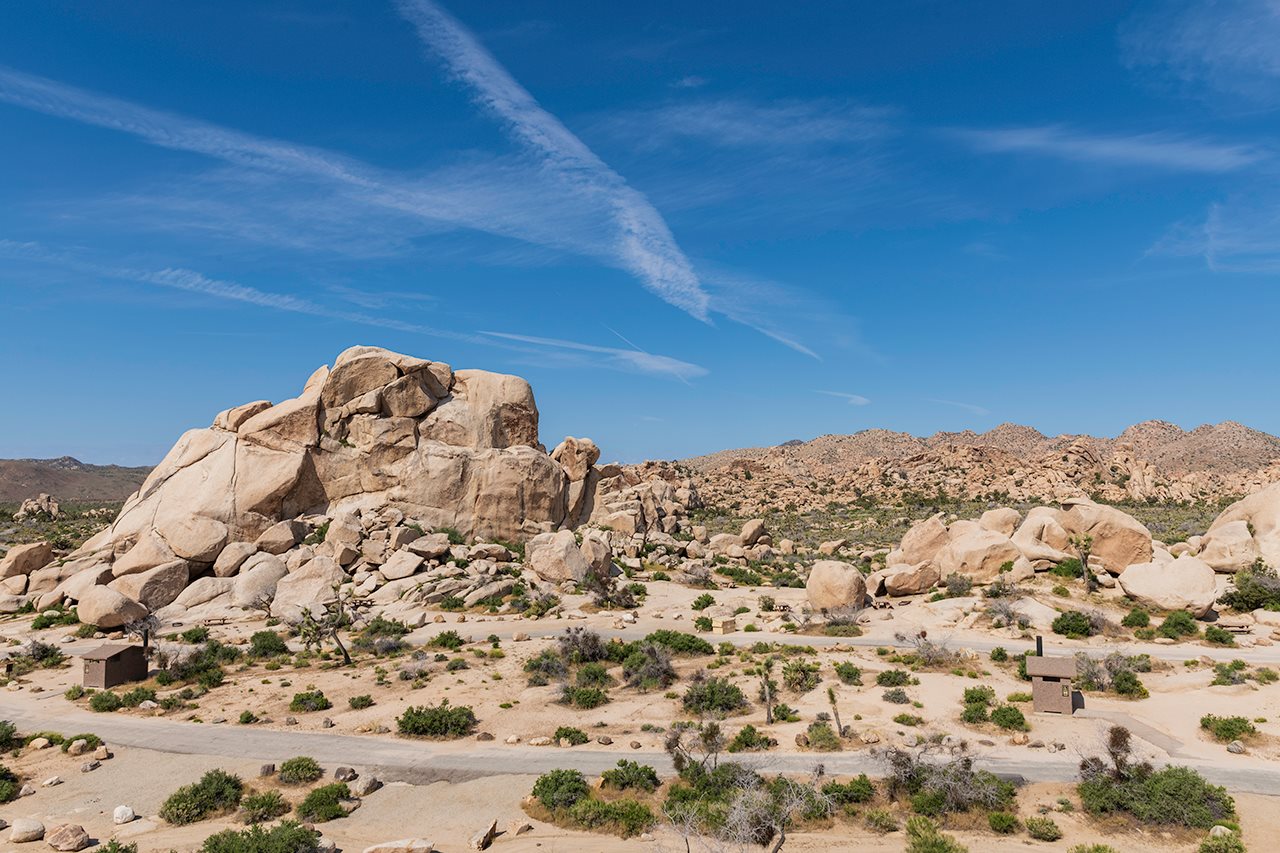
1. Joshua Tree National Park | Twentynine Palms, CA: Two distinct desert ecosystems, the Mojave and the Colorado, come together in Joshua Tree National Park. A fascinating variety of plants and animals make their homes in a land sculpted by strong winds and occasional torrents of rain. With a hotter and drier climate, mosquitoes are less commonly found at the park, but be mindful of their activity around scarce water sources.
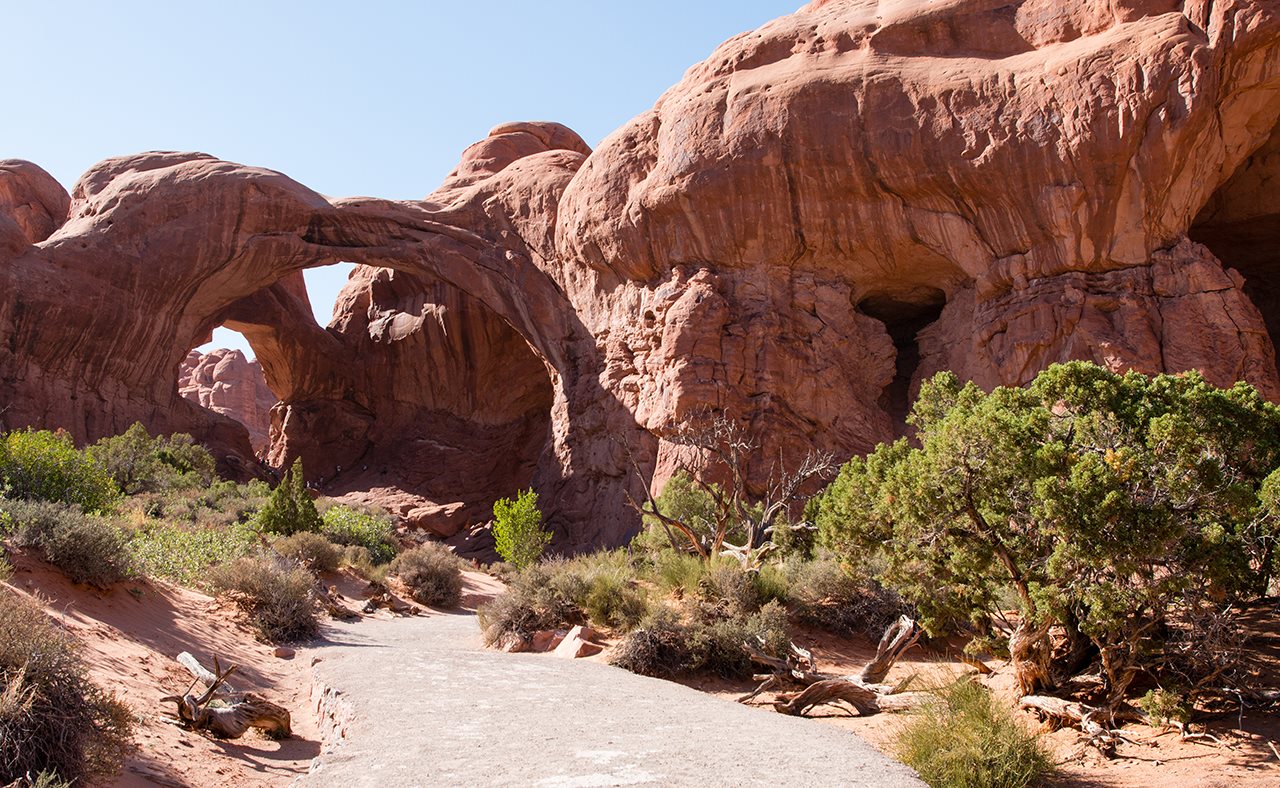
2. Utah's "Mighty Five" National Parks - Arches (Moab, UT), Bryce Canyon (Bryce Canyon City, UT), Canyonlands (Moab, UT) Capitol Reef (Torrey, UT) and Zion (Springdale, UT): Known for their strikingly colorful desert landscapes, these parks feature dramatic landforms like towering cliffs, natural stone arches, deep canyons and unique rock formations shaped over millions of years. With their dry desert climate, mosquito activity is generally lower, though visitors should remain mindful during dawn and dusk when activity may increase.
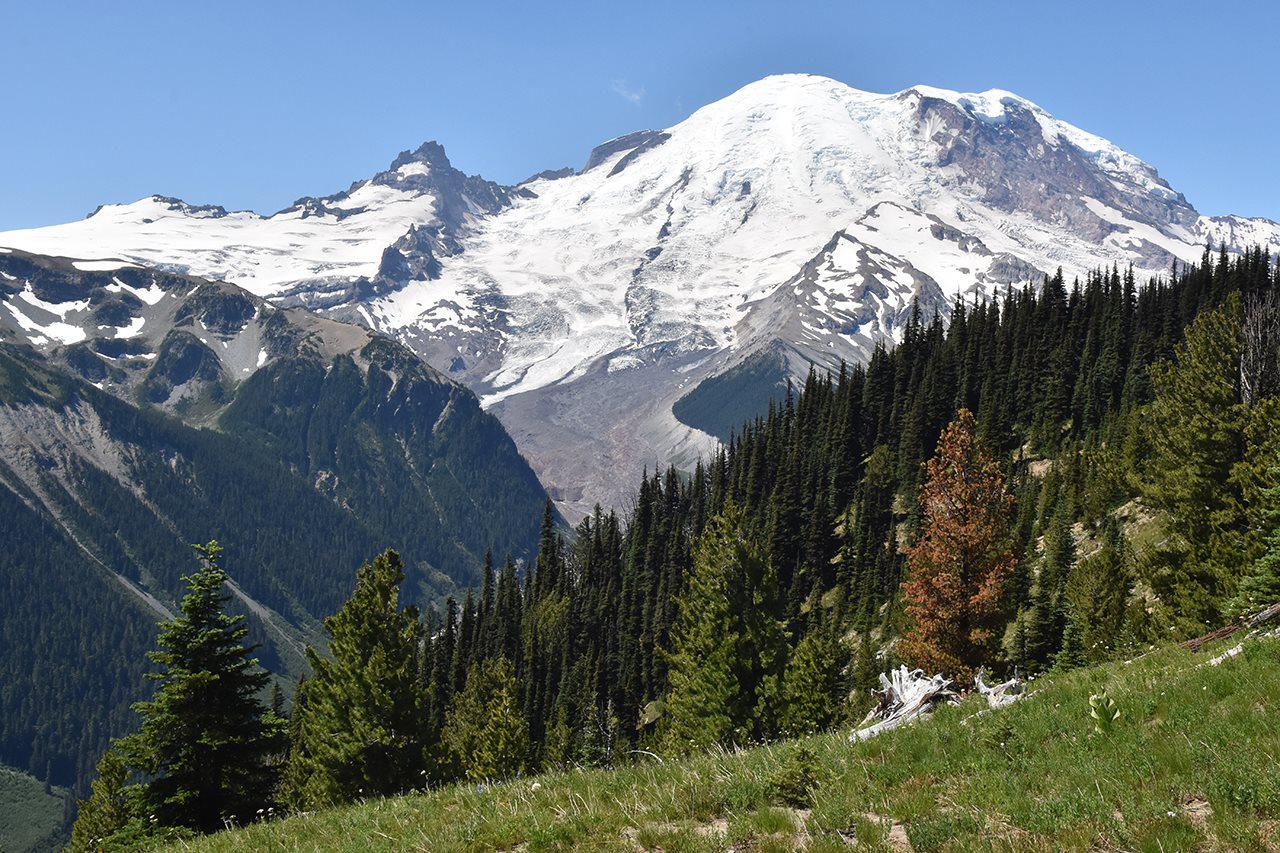
3. Mount Rainier National Park | Ashford, WA: Ascending to 14,410 feet above sea level, this park stands as an icon in the Washington landscape. An active volcano, Mount Rainier is the most glaciated peak in the contiguous U.S.A., spawning five major rivers. Mosquitoes can be present, especially in lower elevation areas and those with marshy, wet conditions or shallow lakes and ponds. Stay clear of puddles, wet meadows and snowmelt streams.
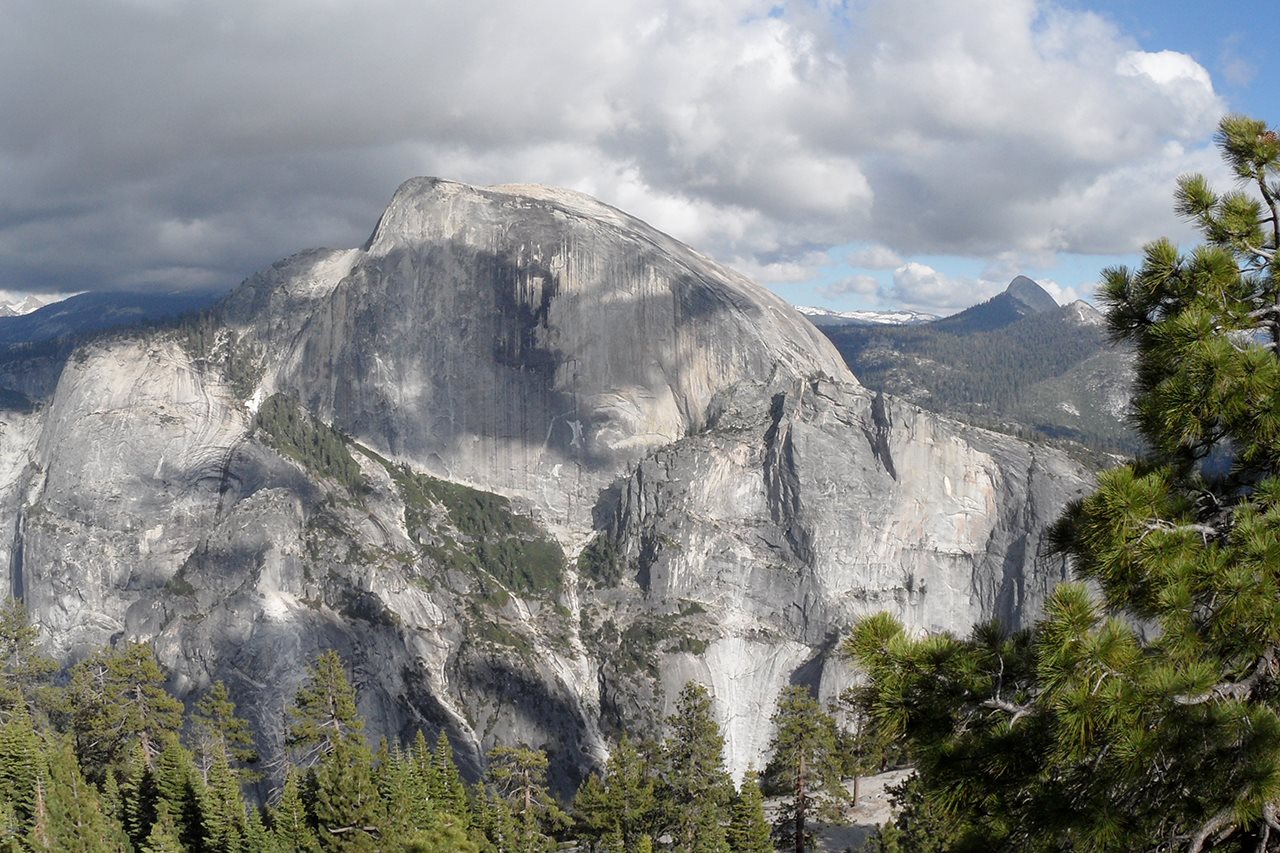
4. Yosemite National Park | Yosemite, CA: First protected in 1864, Yosemite National Park is best known for its waterfalls, but within its nearly 1,200 square miles, you can find deep valleys, grand meadows, ancient giant sequoias, a vast wilderness area and much more. Mosquito activity at the park varies - with areas of lower elevation, streams and other water sources like puddles and melting snow being where you will see them the most.
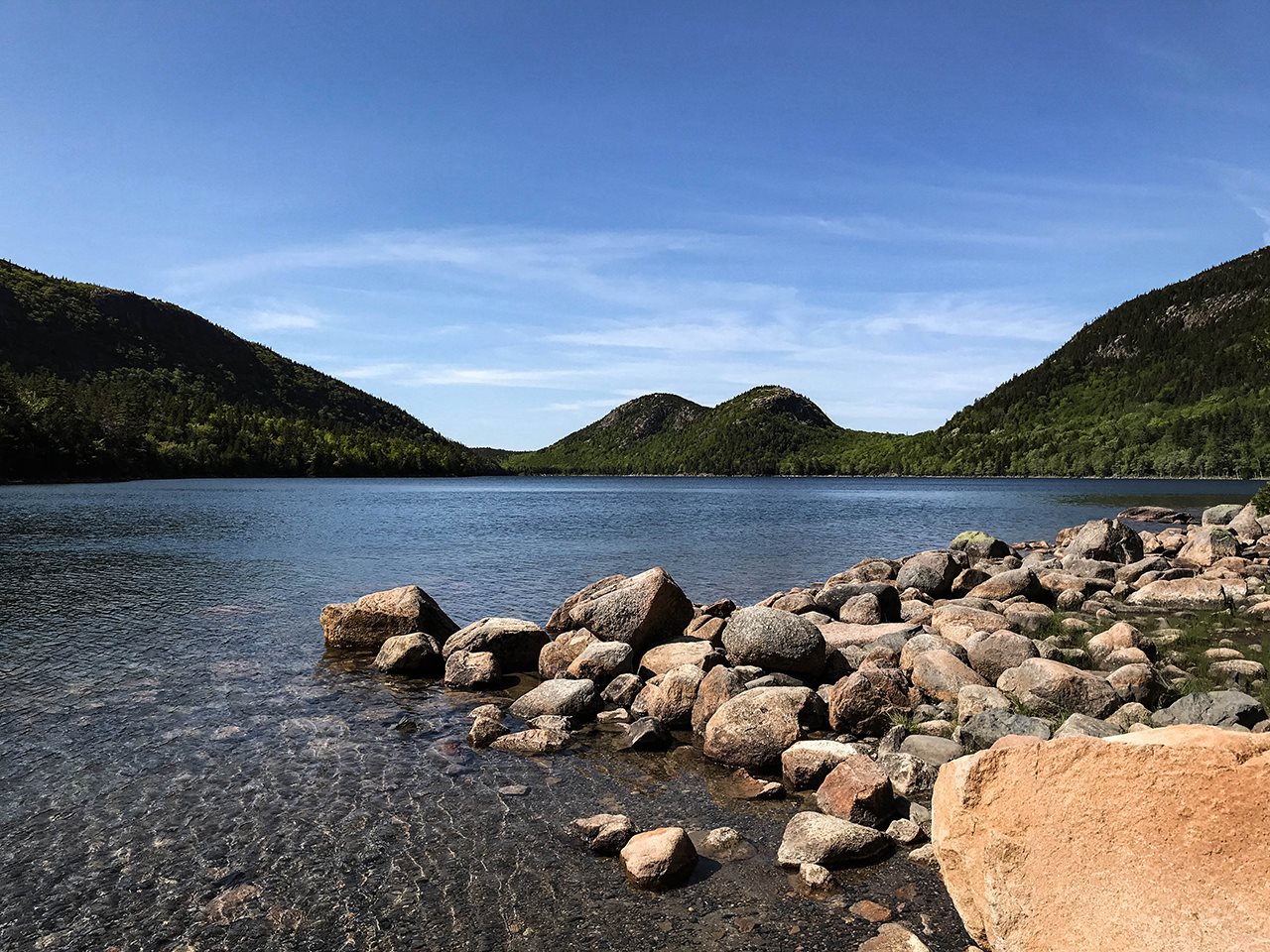
5. Acadia National Park | Bar Harbor, ME: Considered the crown jewel of the North Atlantic Coast, Acadia National Park protects the natural beauty of the highest rocky headlands along the Atlantic coastline of the United States, an abundance of habitats and a rich cultural heritage. With relatively cool summers and constant sea breezes, Acadia's rocky coastal environment and limited and scattered wetlands create a less hospitable environment for mosquitoes compared to inland and marshy regions of New England.
Want to check all the national parks off your bucket list? Find out how you can get an all-access pass to all the national parks by entering the OFF! to Adventure Sweepstakes.
*Voted most trusted Insect Repellent (for use on body) brand by American shoppers based on the 2024 BrandSpark® American Trust Study"
